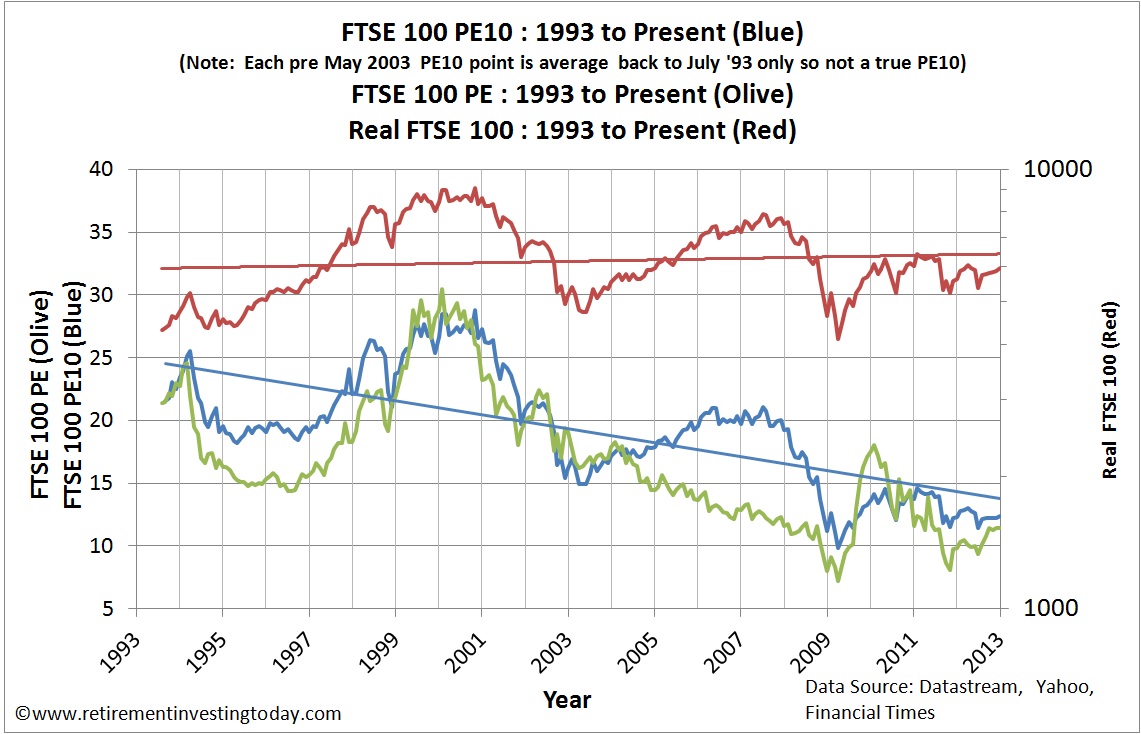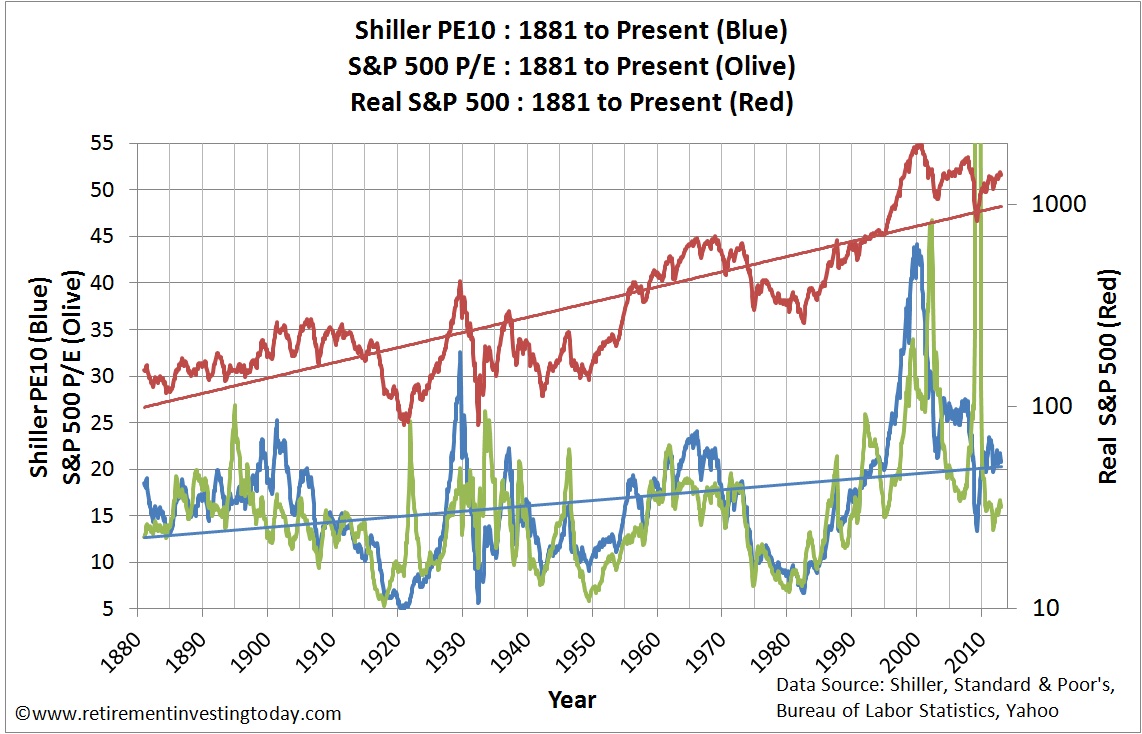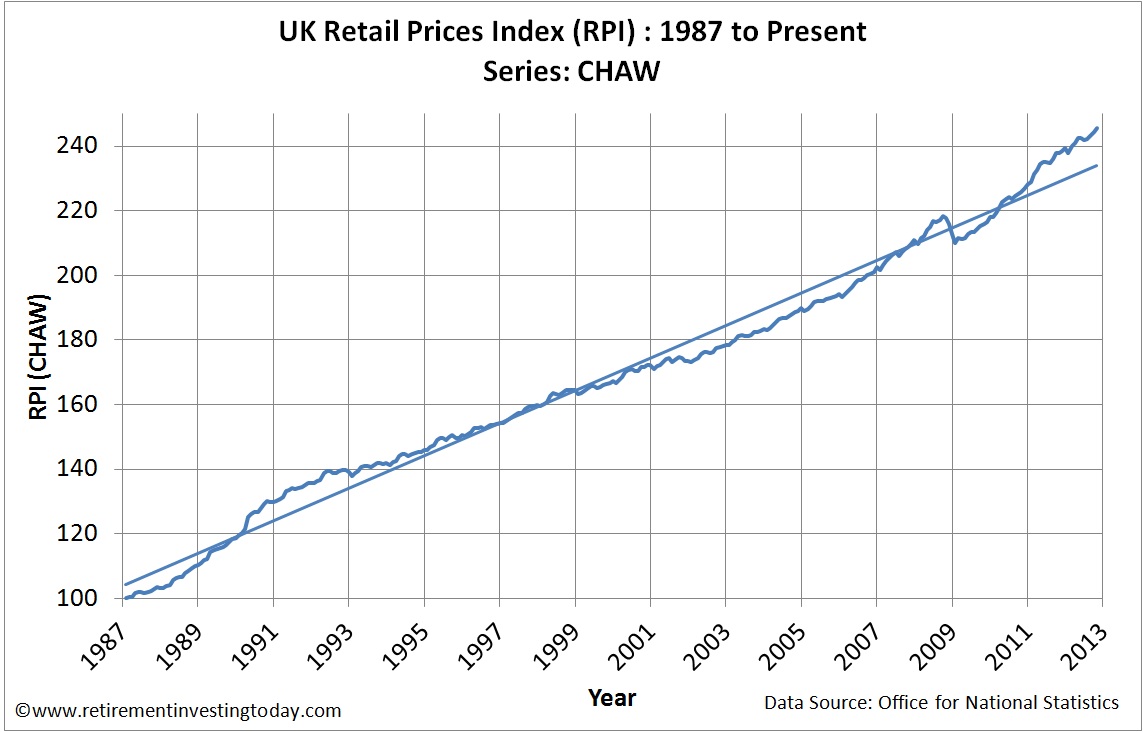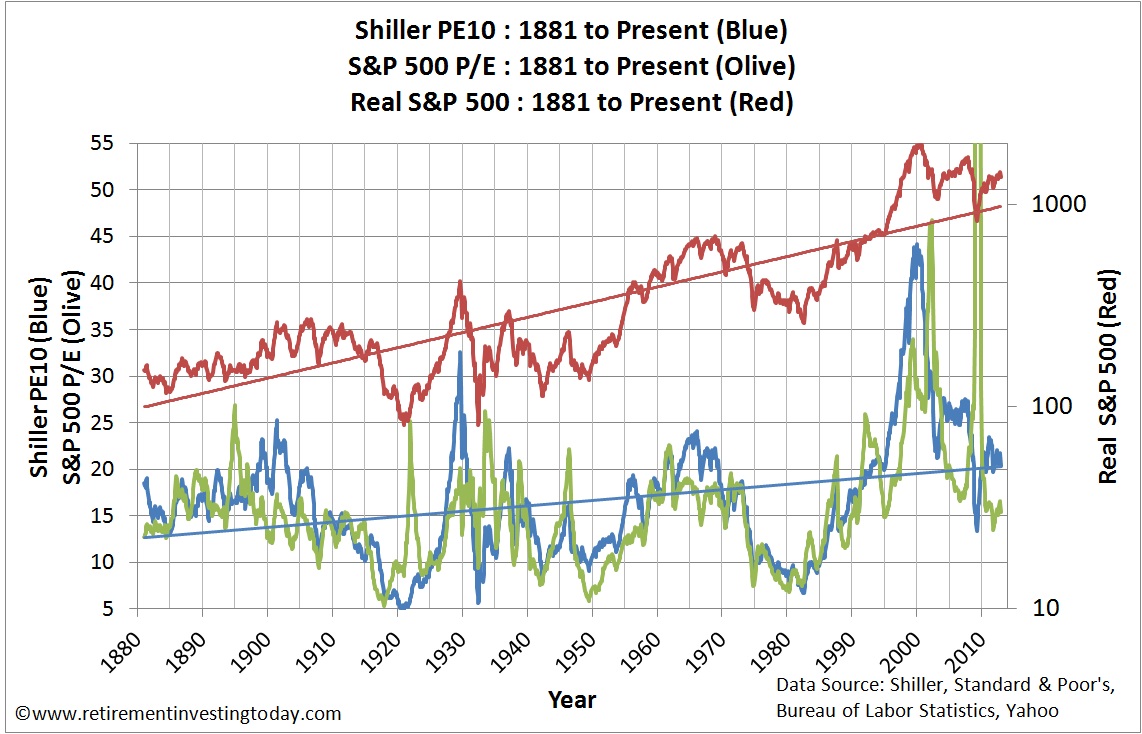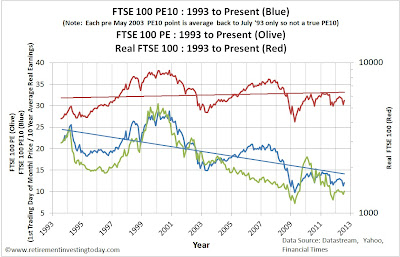A Retirement Investment Reader, John Edwards, yesterday kindly sent me a copy of his EBook Slow & Steady Steps from Debt to Wealth . It’s a very easy read and at a little over 7,000 words can be devoured for the first time with a cup of tea. That said, doing something with the common sense approach will certainly take a little more time... I’ve been on a similar journey to the one described and I’m now 5 years in and still learning.
. It’s a very easy read and at a little over 7,000 words can be devoured for the first time with a cup of tea. That said, doing something with the common sense approach will certainly take a little more time... I’ve been on a similar journey to the one described and I’m now 5 years in and still learning.
I’m plugging it because there is lot of commonality with the message I try and promote on Retirement Investing Today. The difference is that I fear that I sometimes over complicate the problem where John lays out a series of steps that go from debt (this site doesn’t really cover debt and instead starts with someone possessing £0) to a healthy investment portfolio.
Let’s look briefly at each of the Chapters in turn:
1. Avoid Debt. One sentence rams it home – “The first step to financial freedom is to avoid debt in the first place”. I couldn’t agree more.
2. Over Consumption. We are encouraged to answer two questions – “Do I really need this?” and “Do I really want this?” I probably push this concept more than most people could tolerate but it’s one of the ways I can regularly save 60% of my earnings.
3. Start Saving. This was the starting point in my KISS Investing for Retirement post.
4. Pension. “I had a variety of pension pots ... none were performing all that well and one reason for this was the high charges being levied every year.” I also believe that it is critical to minimise those charges and have it as one of the fundamentals of my Low Charge Strategy. I don’t understand how people can be so blasé and just accept say a 1% charge without question. Given that a reasonably balanced portfolio might only on average return 4% after inflation you could be giving 25% of your return away. John also makes another good point with the statement people “often don’t fully appreciate how much they need to save”. My belief is that you are not going to reach true financial independence early by saving 10% a year.
I’m plugging it because there is lot of commonality with the message I try and promote on Retirement Investing Today. The difference is that I fear that I sometimes over complicate the problem where John lays out a series of steps that go from debt (this site doesn’t really cover debt and instead starts with someone possessing £0) to a healthy investment portfolio.
Let’s look briefly at each of the Chapters in turn:
1. Avoid Debt. One sentence rams it home – “The first step to financial freedom is to avoid debt in the first place”. I couldn’t agree more.
2. Over Consumption. We are encouraged to answer two questions – “Do I really need this?” and “Do I really want this?” I probably push this concept more than most people could tolerate but it’s one of the ways I can regularly save 60% of my earnings.
3. Start Saving. This was the starting point in my KISS Investing for Retirement post.
4. Pension. “I had a variety of pension pots ... none were performing all that well and one reason for this was the high charges being levied every year.” I also believe that it is critical to minimise those charges and have it as one of the fundamentals of my Low Charge Strategy. I don’t understand how people can be so blasé and just accept say a 1% charge without question. Given that a reasonably balanced portfolio might only on average return 4% after inflation you could be giving 25% of your return away. John also makes another good point with the statement people “often don’t fully appreciate how much they need to save”. My belief is that you are not going to reach true financial independence early by saving 10% a year.


